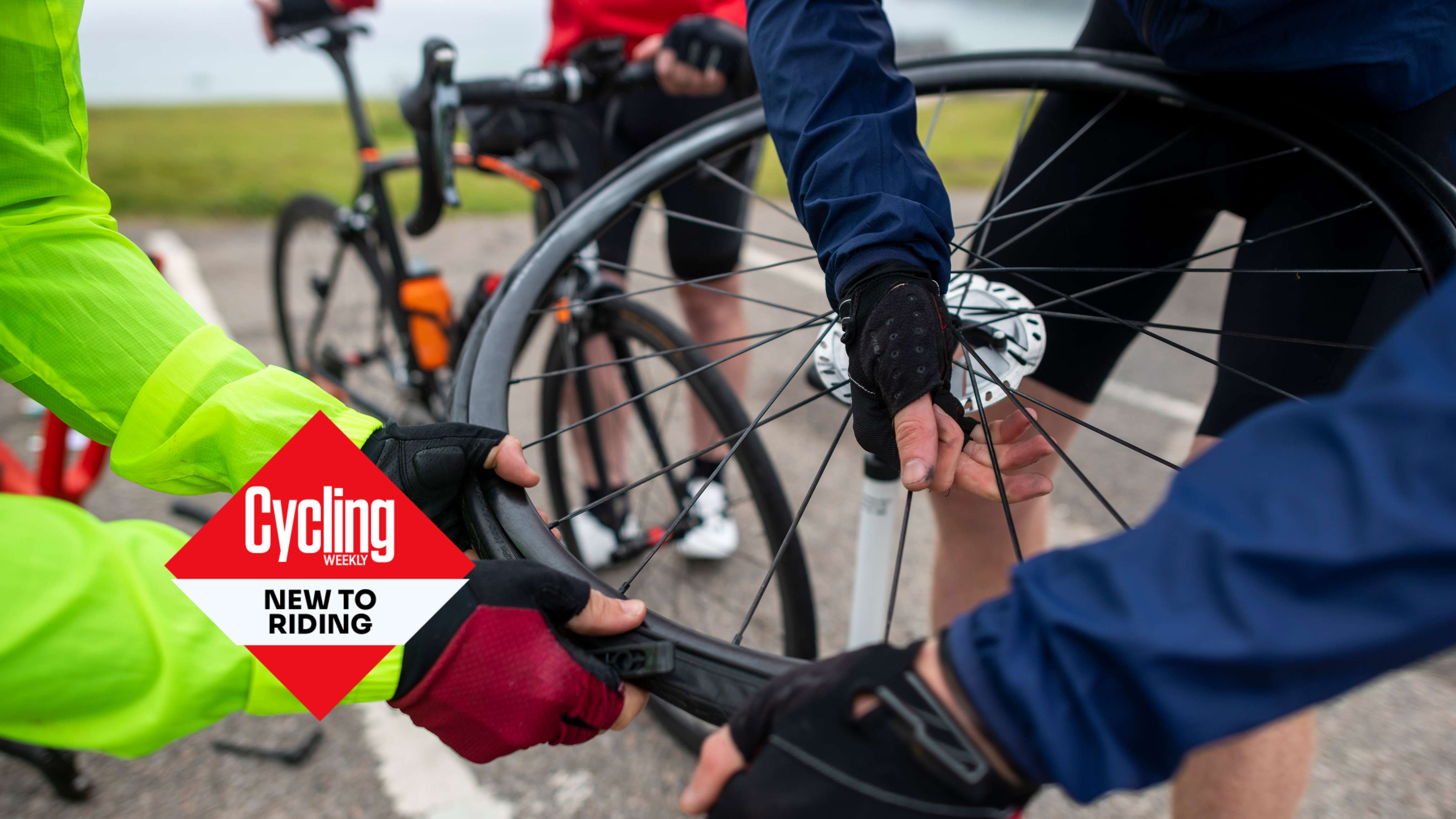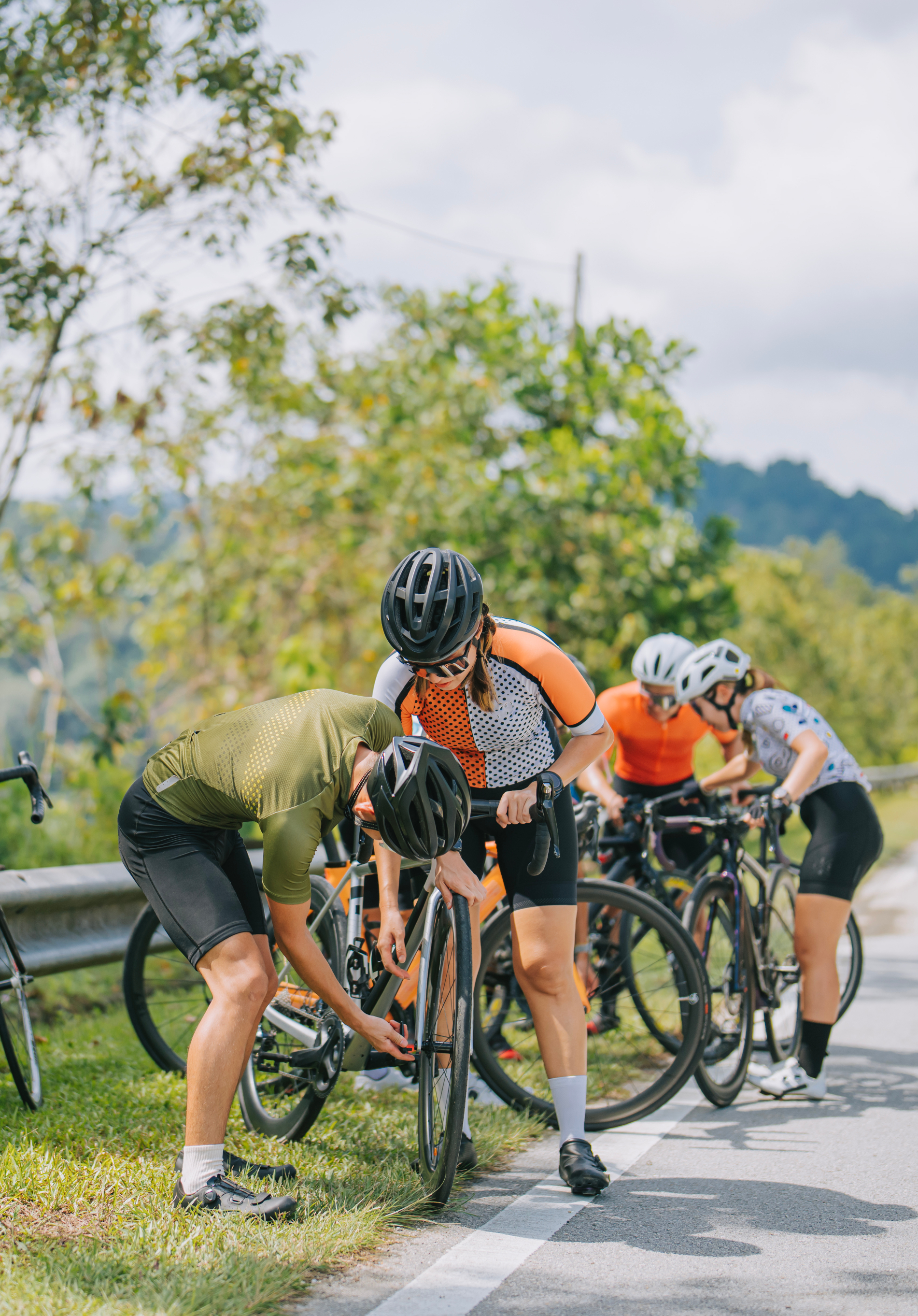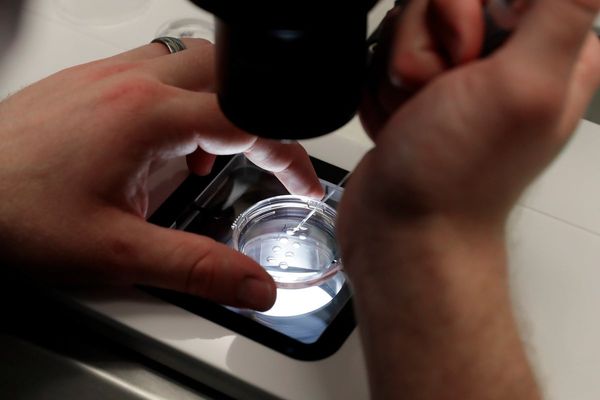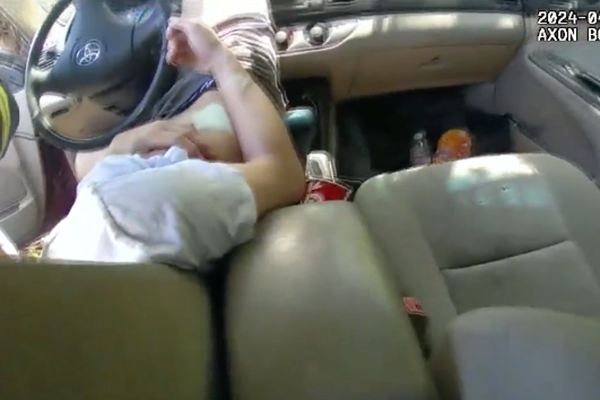
This article has been produced as part of our 'New to Riding' week, running from March 10 to March 17, with a special focus on tips, tricks and inspiration for new riders.
It was a moonless night in the big town, starless and bible-black. It was also raining, heavily, and my Brompton folding bicycle had developed its first puncture, helpfully, in the rear tyre.
A street light did its utmost to cut through the gloom, as an increasingly sodden early-2000s version of myself stared at the deflated rubber.
There was a pump on the frame which I initially utilised with great enthusiasm, creating nothing but a hiss of rain hitting the pavement. I had no tools, no clue how to use them anyway, and was beginning to think this cycling lark was pretty rubbish.
I began the sad hobble-bump-hump that comes with pushing a poorly bike in the direction of home, until I found a bus stop half an hour later pointing in the right direction, folded my bike and waited for a big red saviour to put me out of my misery.
The next day I popped along to my local bike shop to get the puncture fixed (reader...I knew no better), paying £10 for the privilege.
My setting might be different but the situation is a common one for beginner cyclists. It’s a rite of passage, and like hill climbing, something which doesn’t really get any easier but which we all get faster and better at doing. And, at some point, we all learn how to stop worrying and - if not to love the puncture for its enforced break and building of community spirit - at least to see it as nothing more than an irritation.
There was a hiatus in my cycling life between childhood and adulthood, marked by who repaired my flats. As a child, it was my mother who kept the wheels of the household in running order. Then, I stopped riding my bike, until I moved to London in 2000 and needed to curb my public transport spending. I escaped puncturing for a good month until that fateful night, but the pillaging of my pocket for a simple fix left me scarred.
My flat mate had been the one who’d reintroduced cycling into my life, and it was to them I turned for advice. I acquired the tools of the trade: a multi tool, pump, spare inner, tyre levers, puncture repair kit and spanner; these tools have lived at the bottom of my bike bag ever since.
The power of the puncture

The “Need a hand?”, “You alright mate?” of your fellow cyclist is a reassurance that, even in these darkest of times, some things are all right in the world.
I’ve had pals rescued with the application of multiple inners by the cycling samaritans out there, seen my bike enjoy the careful attentions of a more skilled mechanic than I on countless occasions – every time with good will.
With the skill of fixing a puncture (and other simple repairs) you can play an active part in this community. So the next time you flat mid-ride, think of how you’re building a stronger and better cycling community, stop worrying and love the puncture.
Over the coming months I had plenty of time to practice my craft, for the streets of London seemed to be paved in shards of glass, all destined for my Brompton’s tiny wheels. Fortunately for my second time I was a victim of a slow puncture, and had my ever-helpful flatmate’s guidance while I proceeded to dismantle my bike in the living room, accompanied by coffee and warmth.
I’ll never forget that satisfying and surprising “pop pop” of the tyre settling into place after the hole had been identified and repaired. Like my tyre, I was hooked on the simple achievement I had managed – and the pounds I knew I would save consequently.
Soon I was learning all the tricks: get your bike into its highest gear before removing the wheel, roll the tyre back on and don’t use your levers, puddles or wetting the inner to find the leak, match the tyre brand to the valve so you can easily find the recommend pressure and above all locate the culprit which caused the flat in the first place. Like the millions of cyclists before me and to come, the more I unwillingly was forced to practise the more comfortable I became with the inevitable.
After mastering the Brompton’s Schwalbe Marathon Plus tyres, and its peculiar rear derailleurs, I moved on to fixies (tennis ball handy for retaining chain tension), hub gears (keep that washer where it is on your Sturmey Archer!), hydraulic disc brakes (you’ll only squeeze the brake lever once without a wheel in place) before entering into the messy but satisifying-when-it-works-world-ending-when-it-doesn’t life of the tubeless rider, where tyre rim compatibility, sealants and hooks and worms become new parts of the cyclists’ lexicon to learn.
We all go through that period of time where we start weighing up the pros and cons of a truly puncture resistant tyre, as evidenced by the solid rubber tyre on display at the obscure stand at very single cycle show. For me these are a no-go zone, as not only does such a creation limit the joy of the ride, you’ll also miss out on one of the best part of punctures: that restoration of faith in humanity which comes when you’re in roadside repair mode, and another cyclist slows down to ask "Need a hand?".







